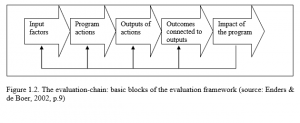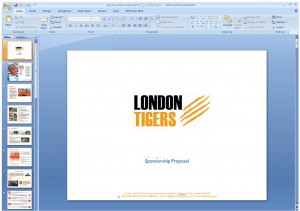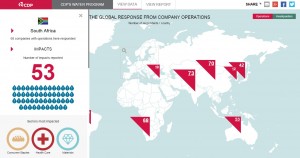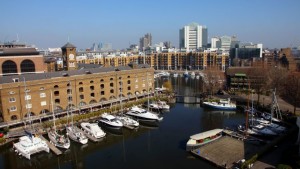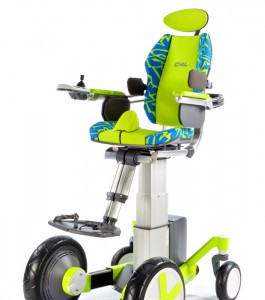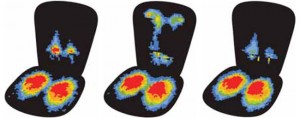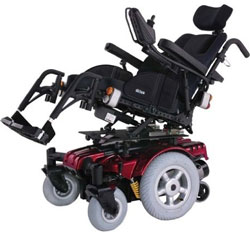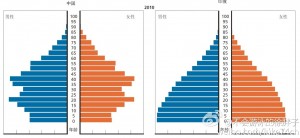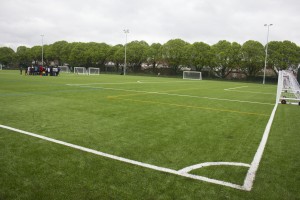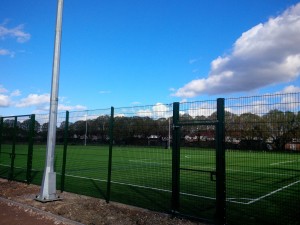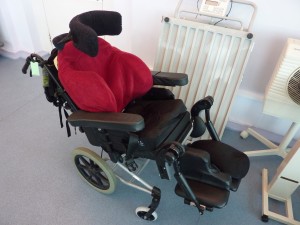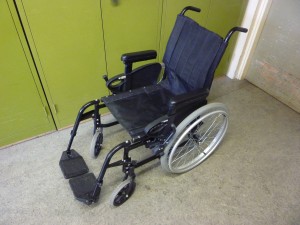Week 3 at the Royal Hospital for Neuro-disability
Scientists from all walks of life will likely be familiar with the concept of known unknowns and unknown unknowns. I believe these two phrases can be considered synonyms for research. I started this week with a set of known unknowns; research avenues to pursue given where I thought I could gain information to aid the development of the wheelchair seat prescription device I mentioned in my last post. By the end of this week, after travelling through link after link online and receiving a ton of leads from discussions with hospital staff, this project has gained more facets than it started with. It turns out there are far more unknown unknowns than known unknowns in this project!
It started with a simple question: ‘This hospital has developed a system for creating wheelchair seats. Surely other institutions have developed their own systems?’ Yes they have. In fact, research around the problem of pressure sores in wheelchair-bound patients I mentioned in my last post has been going on since at least the early 1970s. Even more interestingly, the processes still in use by the Royal Hospital for Neuro-disability (RHN) were first outlined over 30 years ago in several of these research papers. While carving the seat from a foam block remains a widely used technique, more radical solutions have been offered in the last few decades. One example builds the seat from a matrix of linked ball-and-socket joints that are infinitely configurable and can be easily adjusted as the patient’s condition and posture develops. Another example creates the seat by pouring a liquid into a bag on which the patient is then seated, that dries and expands into a foam. These newer solutions all have their benefits and flaws. While being infinitely configurable, the ball-and-socket joints in the first example can loosen with time, disrupting the initial shape that perfectly suited the patient. While the second example possibly creates a more accurate mould, it is a labour-intensive process which can easily go wrong.
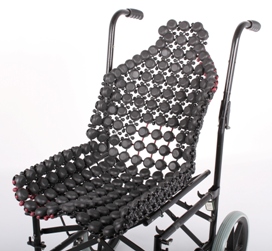

The question of how to create the seat quickly and efficiently is only half the problem. As was the topic of my last post, a seat for a typical RHN patient serves two main purposes; to maintain their posture and distribute their body weight correctly over the seat to prevent pressure sores. The solutions mentioned above all aim to address these requirements. However my discussions with hospital staff have revealed that the way wheelchairs are typically used in rehabilitation hospitals presents a fresh set of design considerations which the designers may never have foreseen – the unknown unknowns if you will. This includes how the seats will respond to slings being left between the patient and the seat, and the effect of adult nappies on the pressure distribution. At the same time, my forays into research papers on the topic of pressure distribution have suggested that there is more to the topic than meets the eye, and certainly more than the aforementioned seat solutions seem to account for. I can’t say I’ve yet come to any strong conclusions on the matter myself!
My research into these considerations using predominantly academic papers will continue into the fourth week in order to create as well-rounded a design solution as possible, whether it be for a permanent seat or a seat prescription device.
